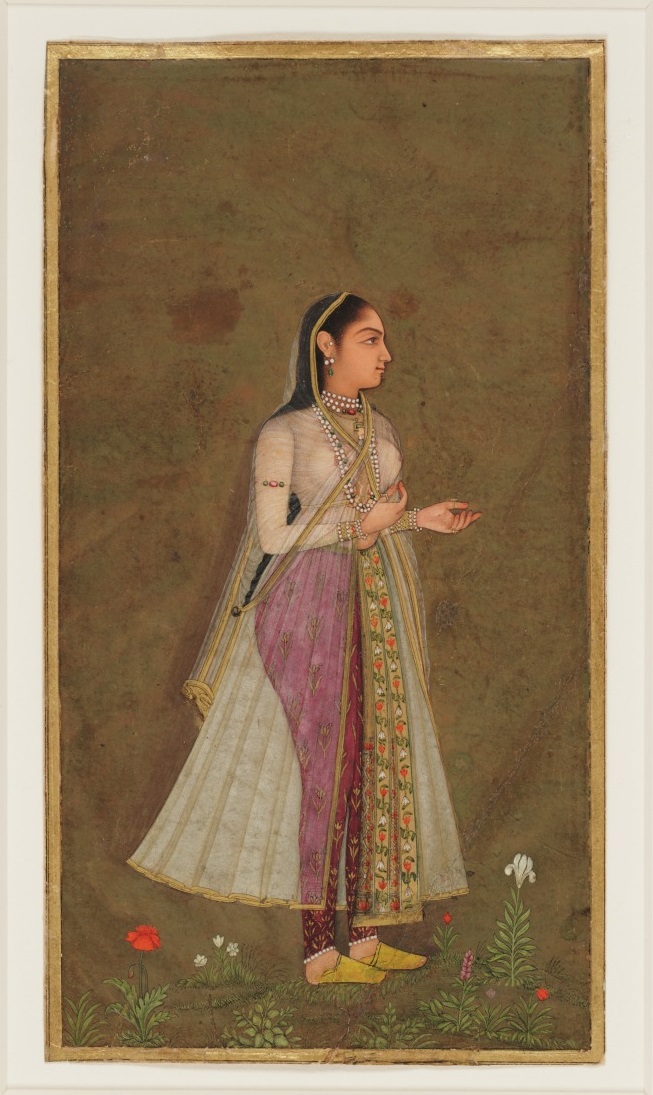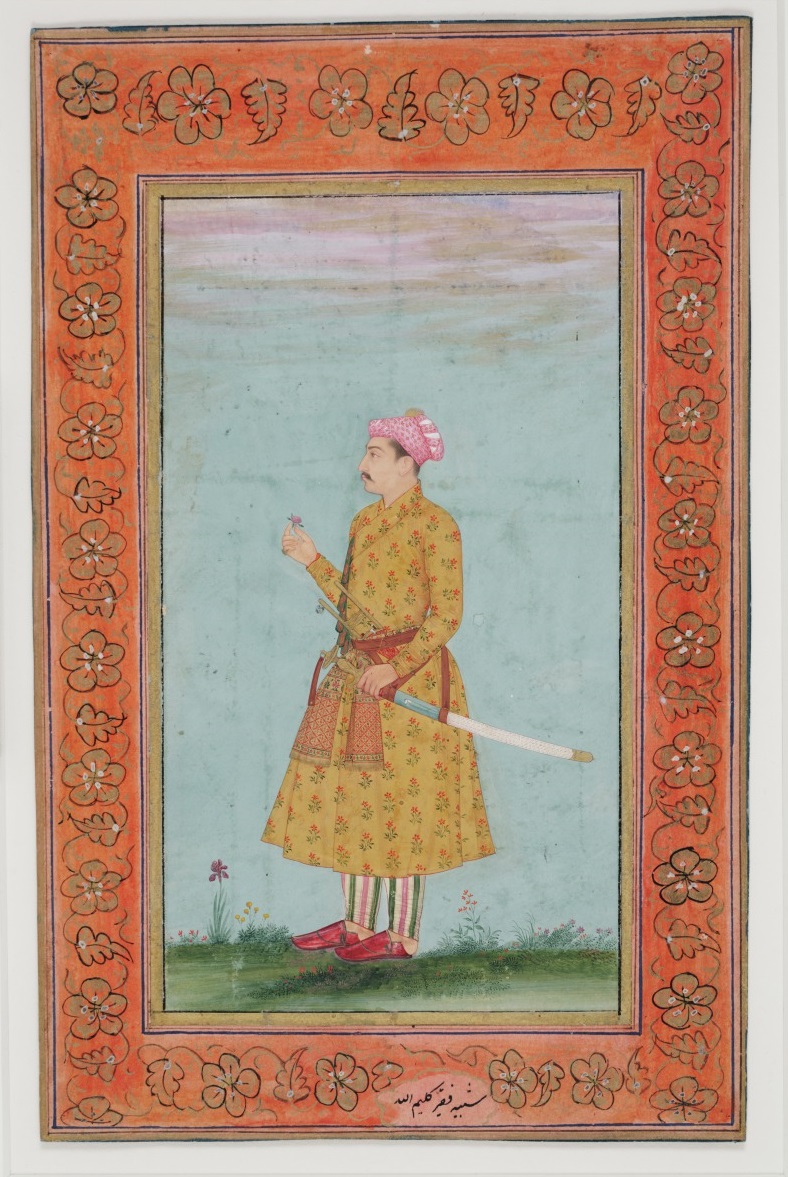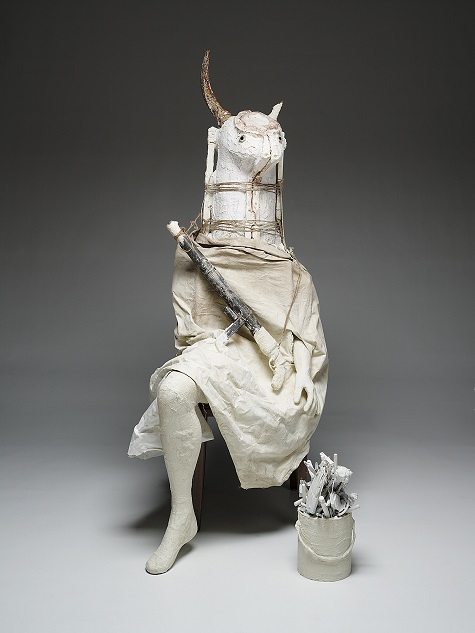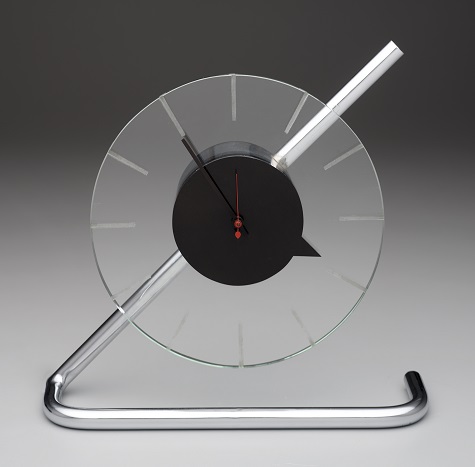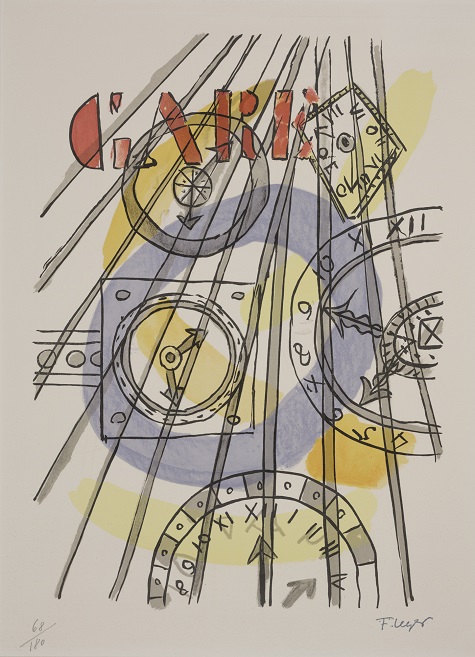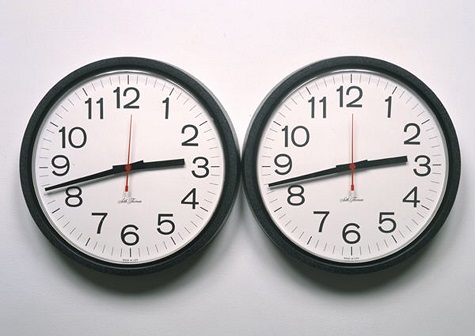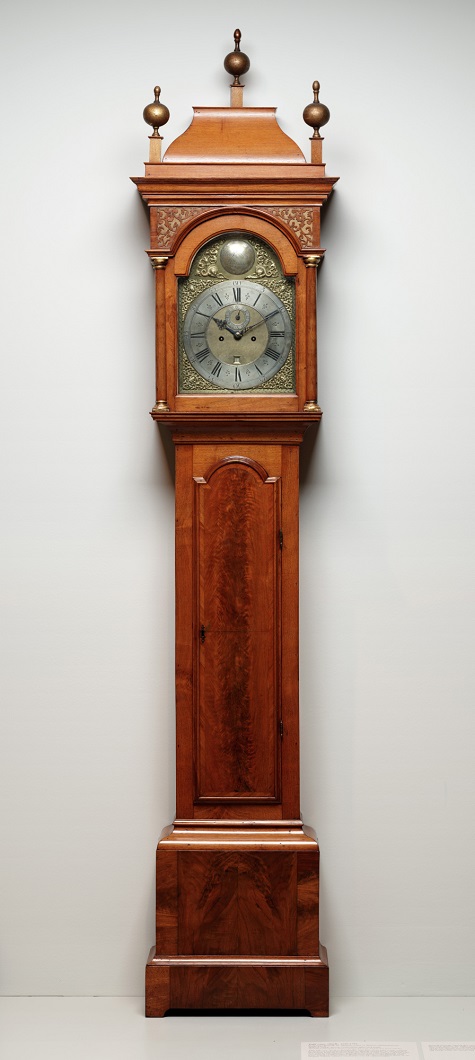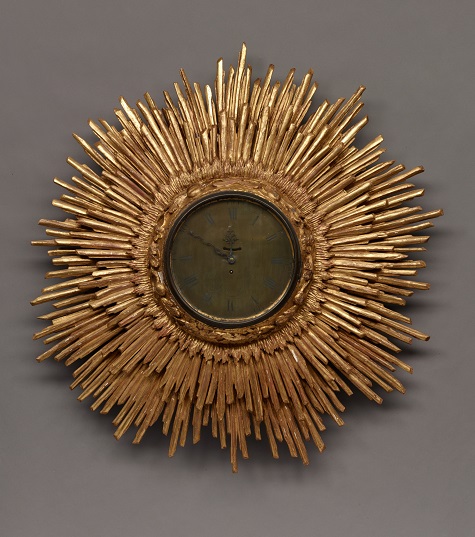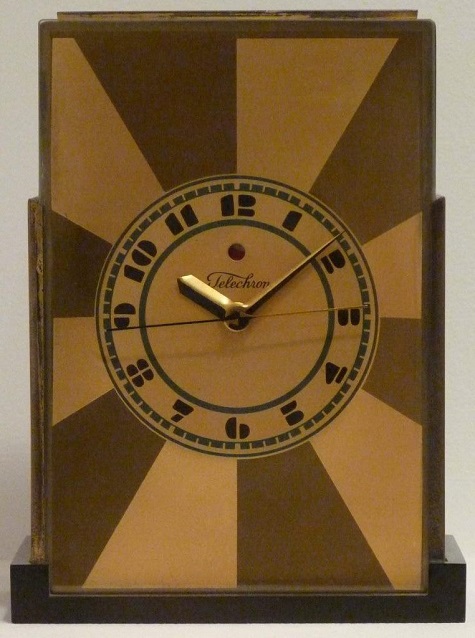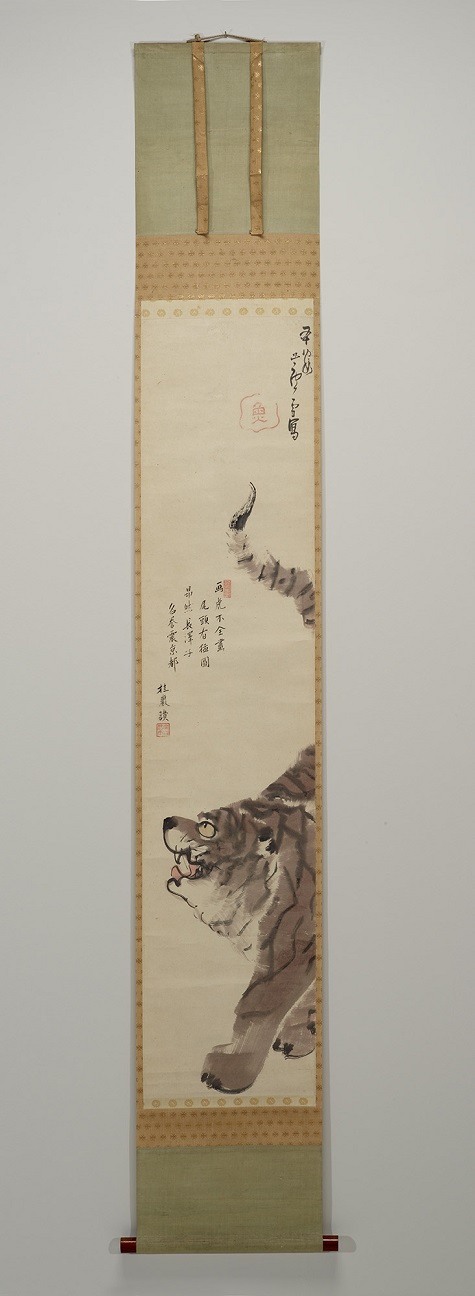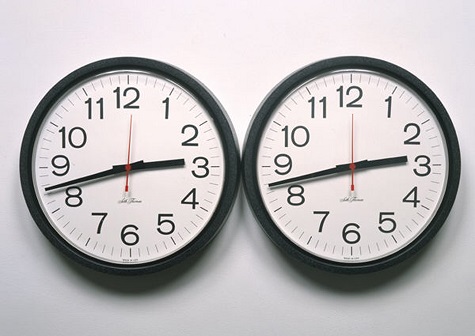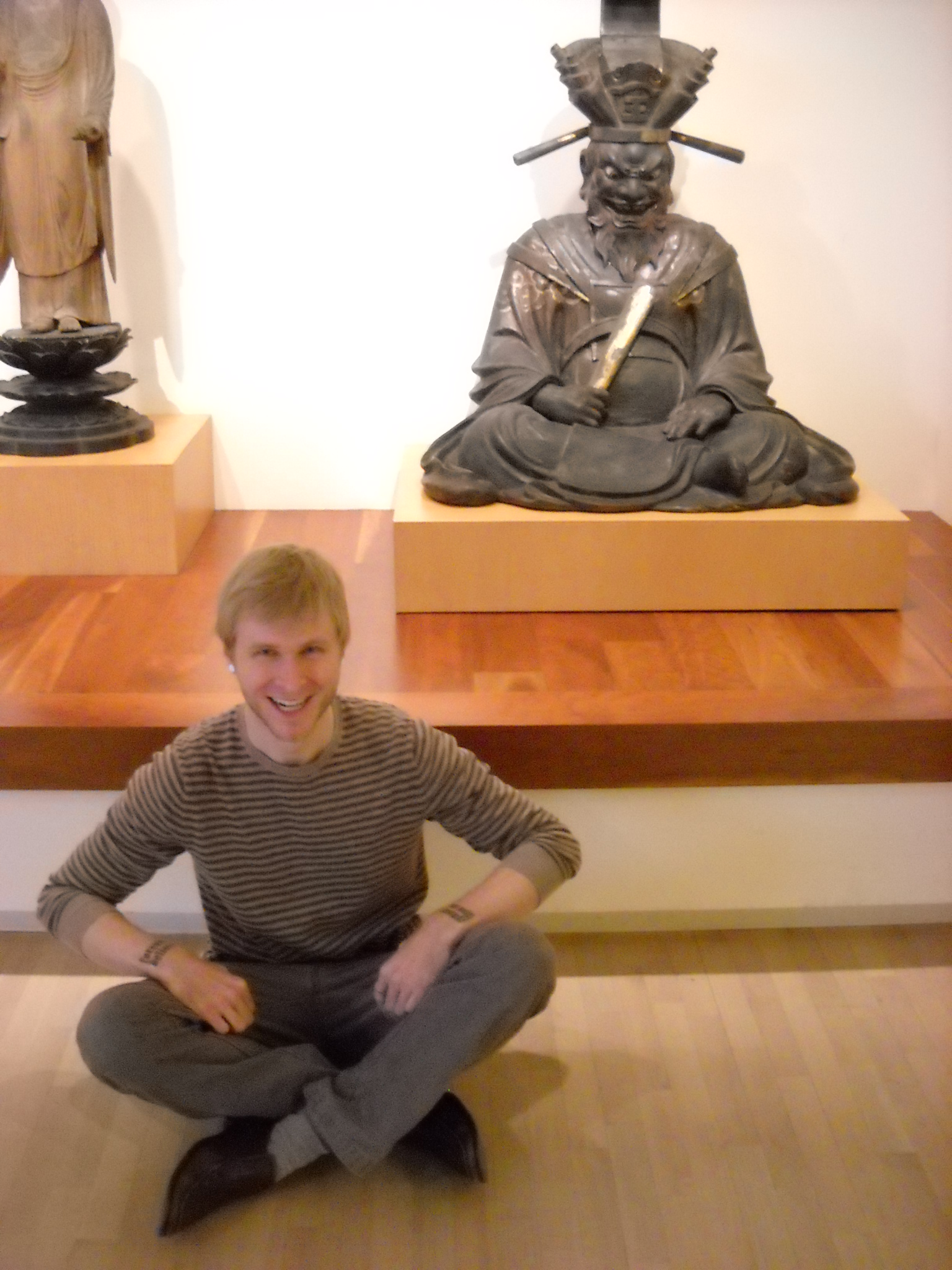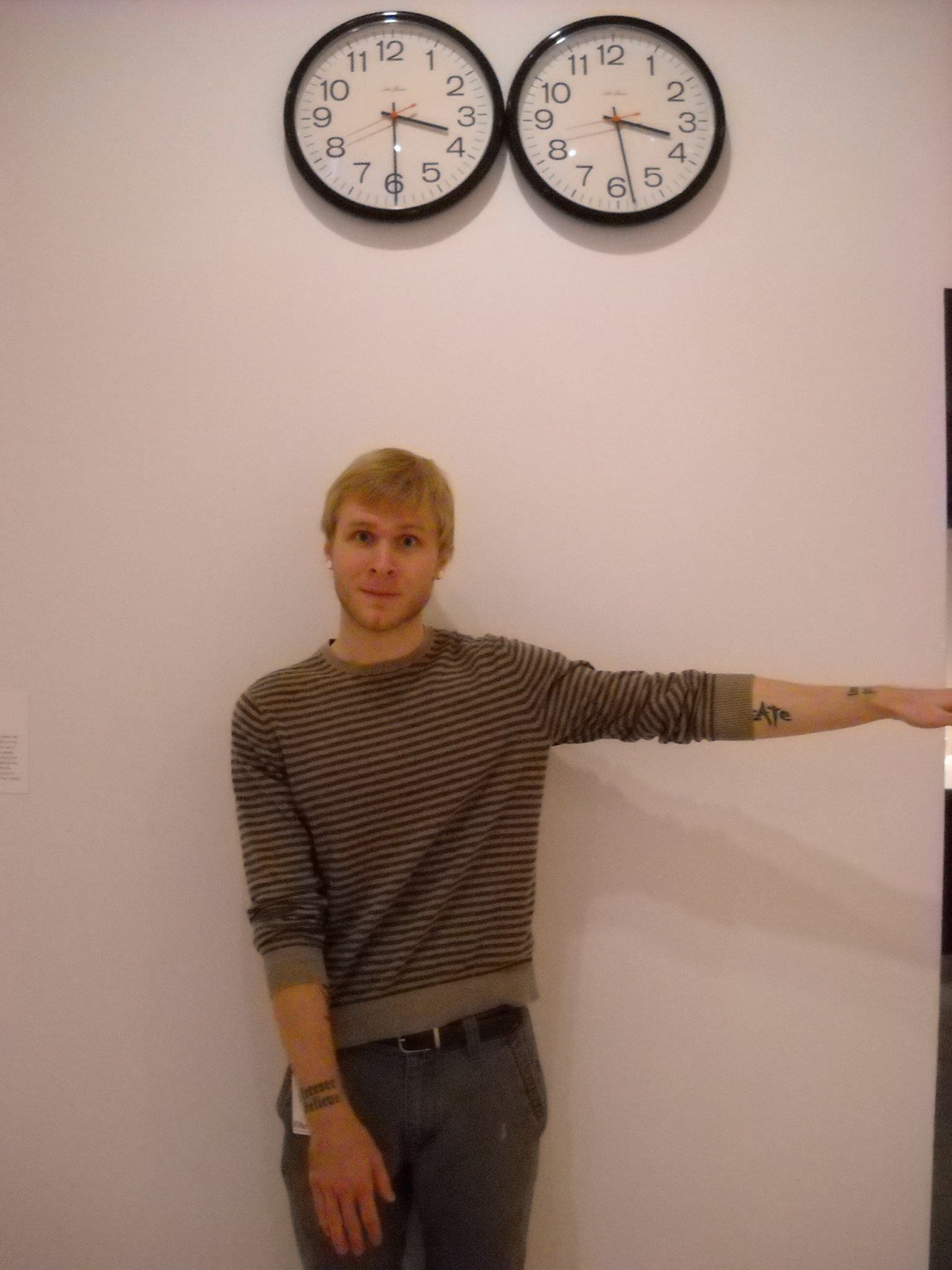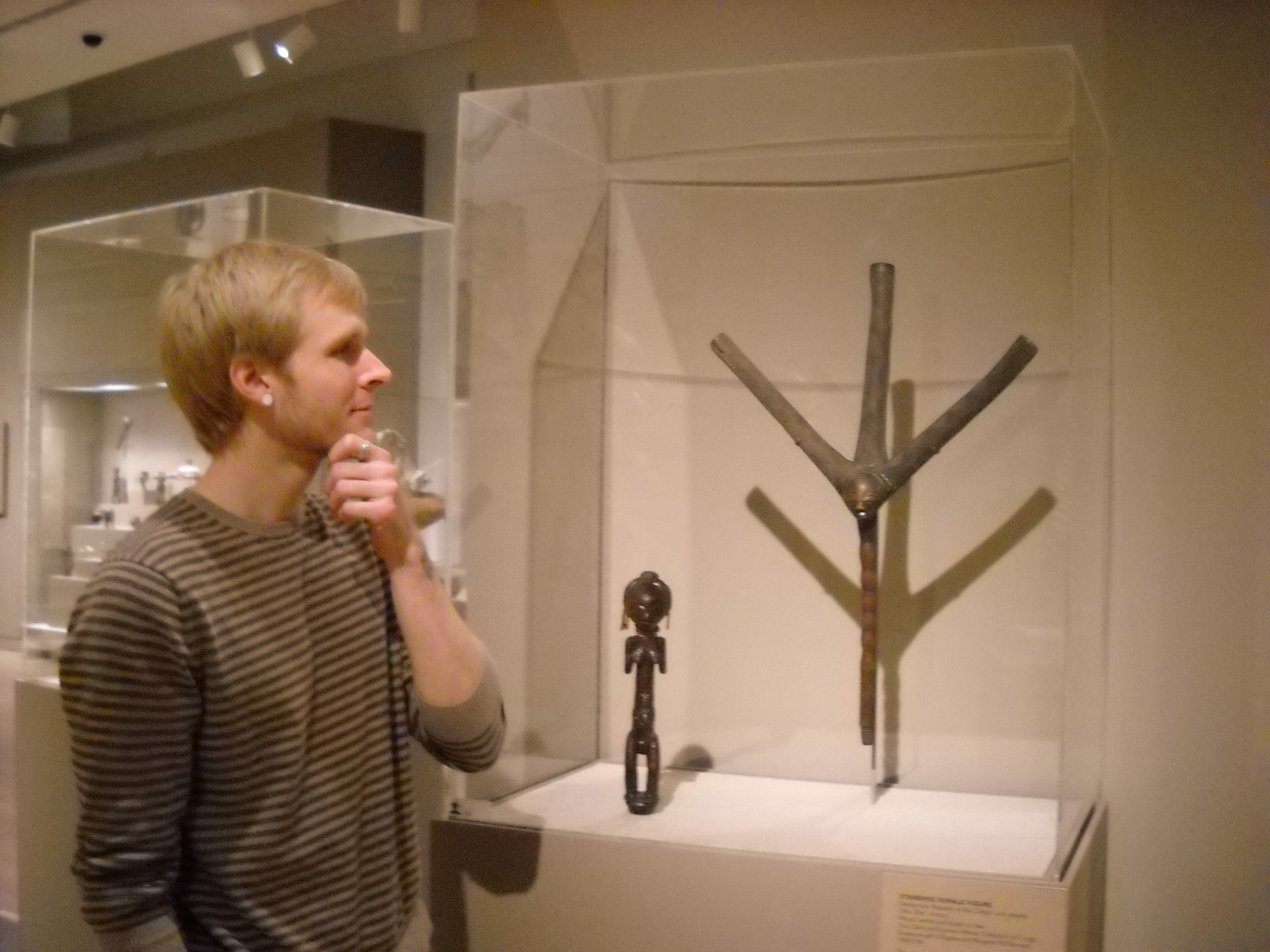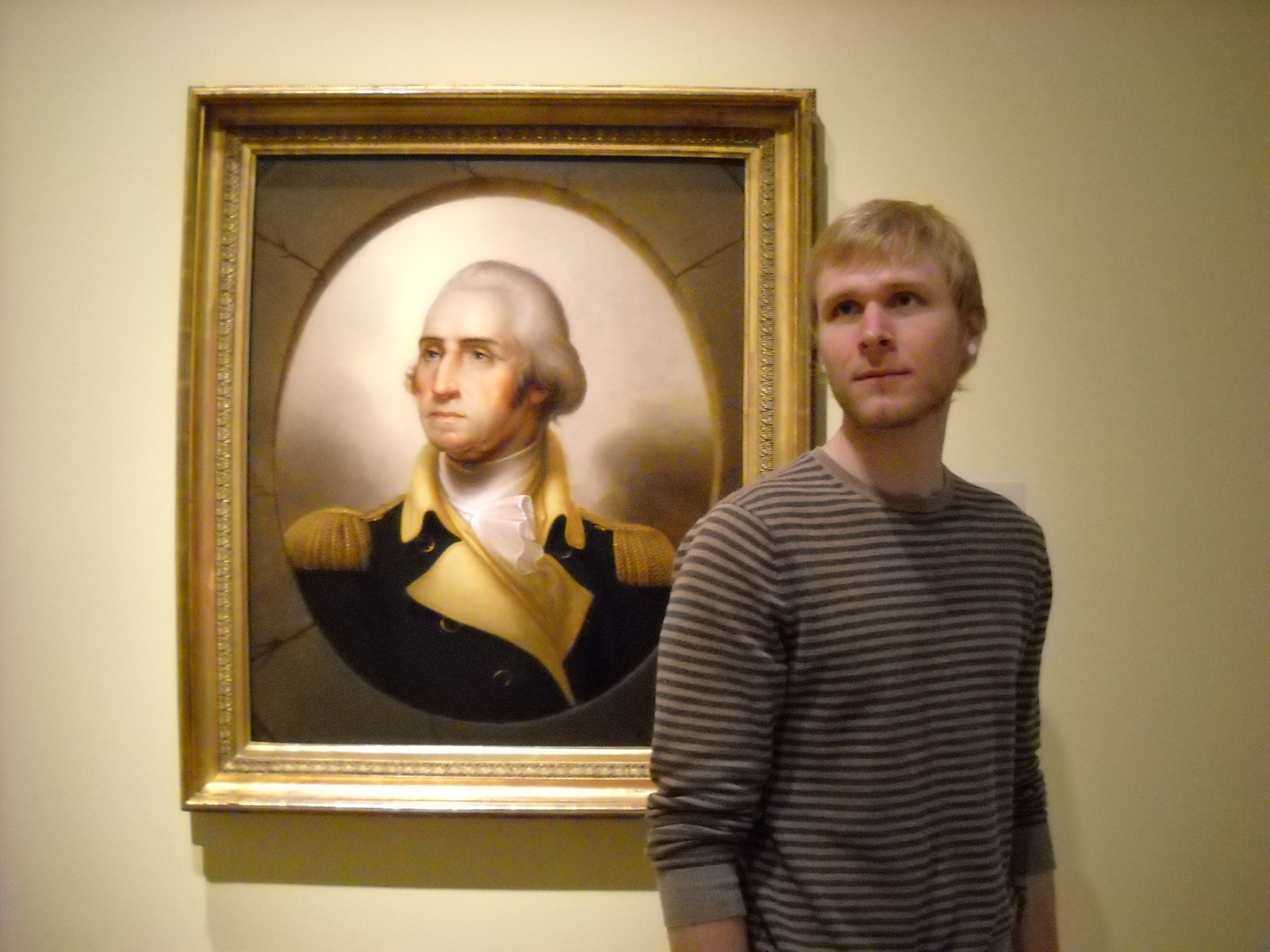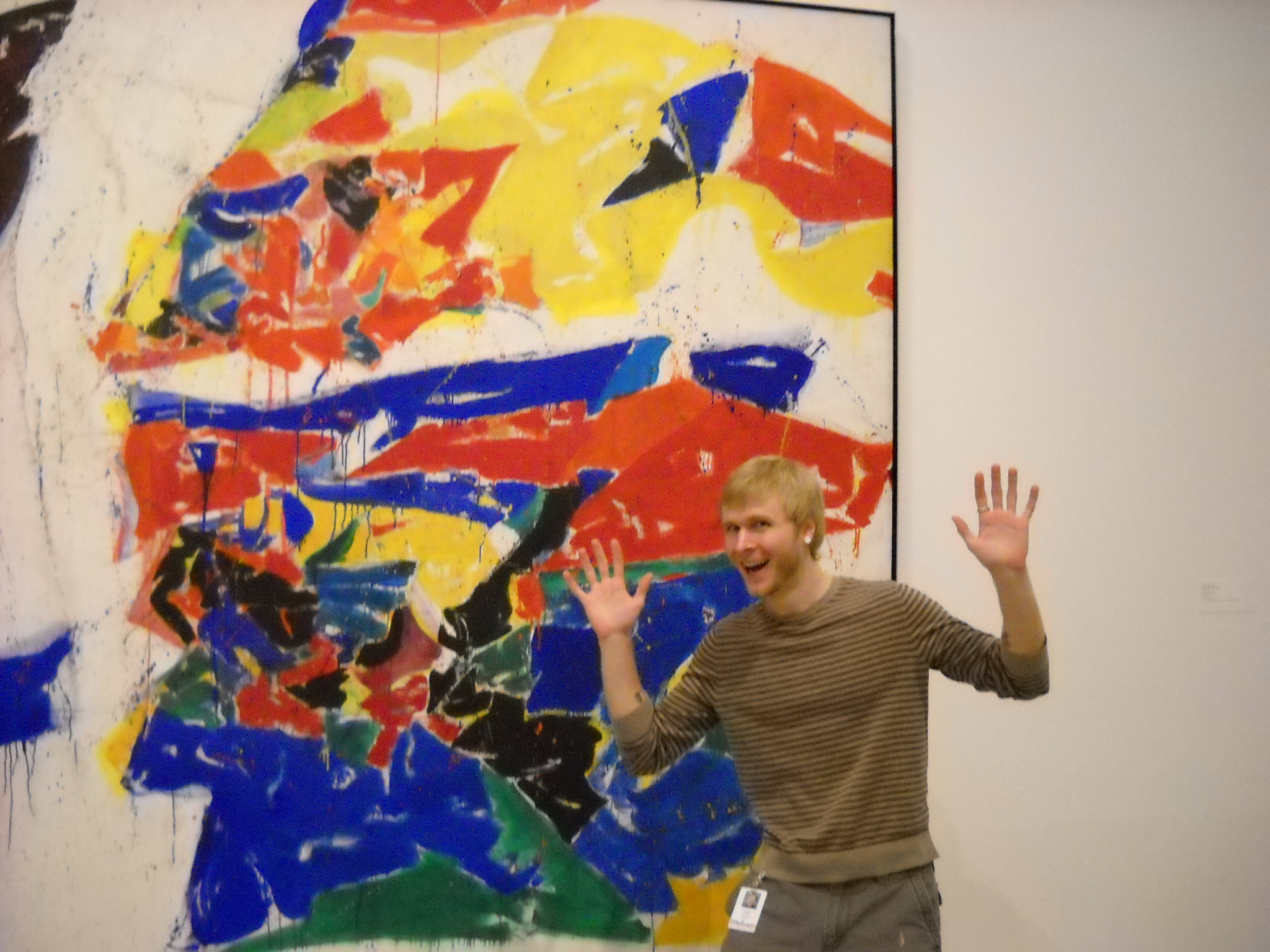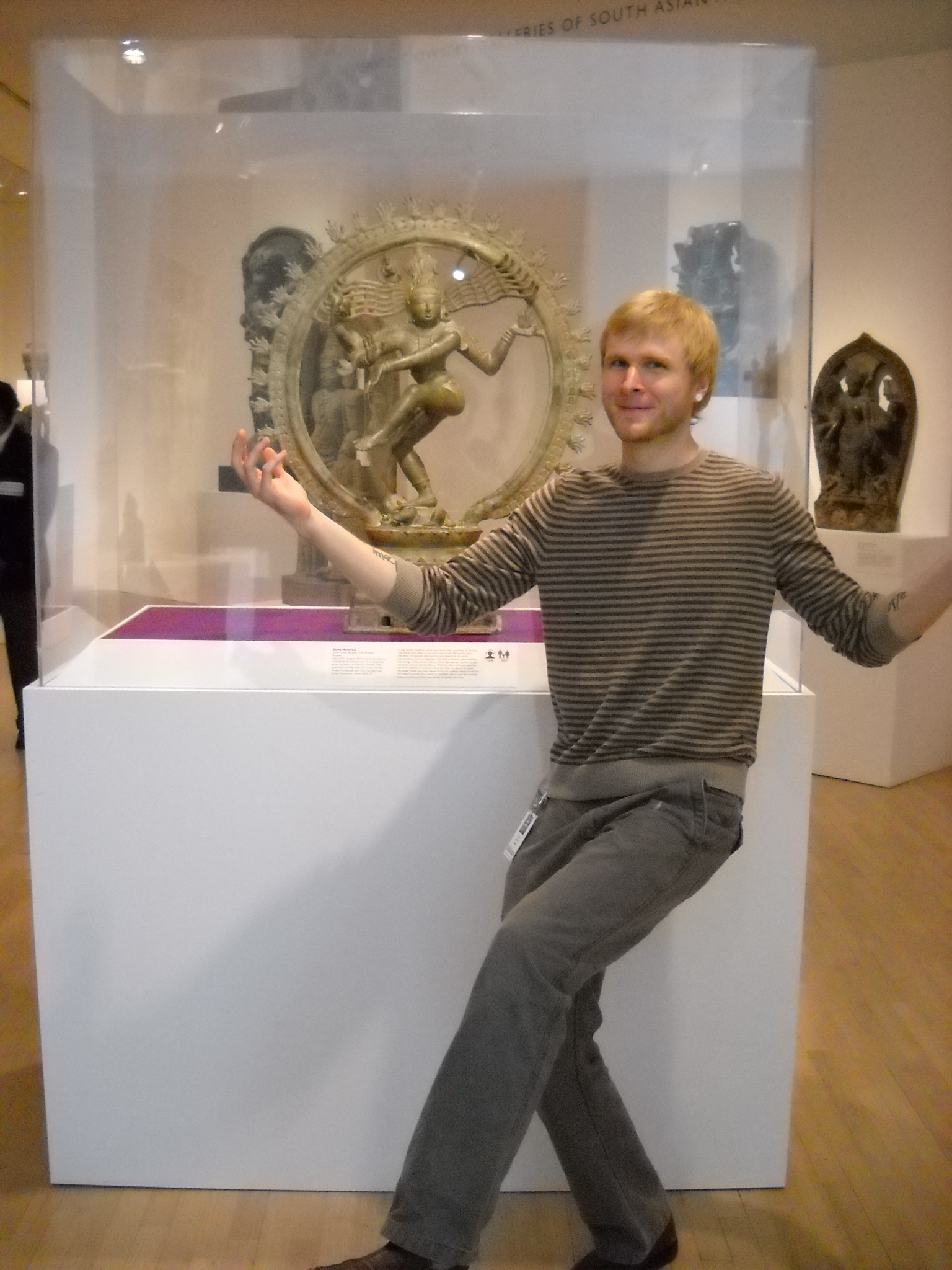Just in time for summer, the Center for Creative Connections welcomed new works into the gallery. Communication will be the continued theme of the space, but recent additions from the DMA’s collection will bring focus to how clothing, objects, and accessories can communicate a significant narrative about ways subjects can be portrayed.

Works from our contemporary collection exemplify how objects and clothing can be used to conceal a direct identity. Karel Funk’s hyper-realistic Untitled #21 explores a portrait that was based off people he would see during cramped commutes on a New York City subway. Funk would often notice unique social codes that allow passengers to closely scrutinize each other’s appearances. The lack of identity shown here challenges us to consider how this subject’s persona could quickly change with each visitor’s interpretation.
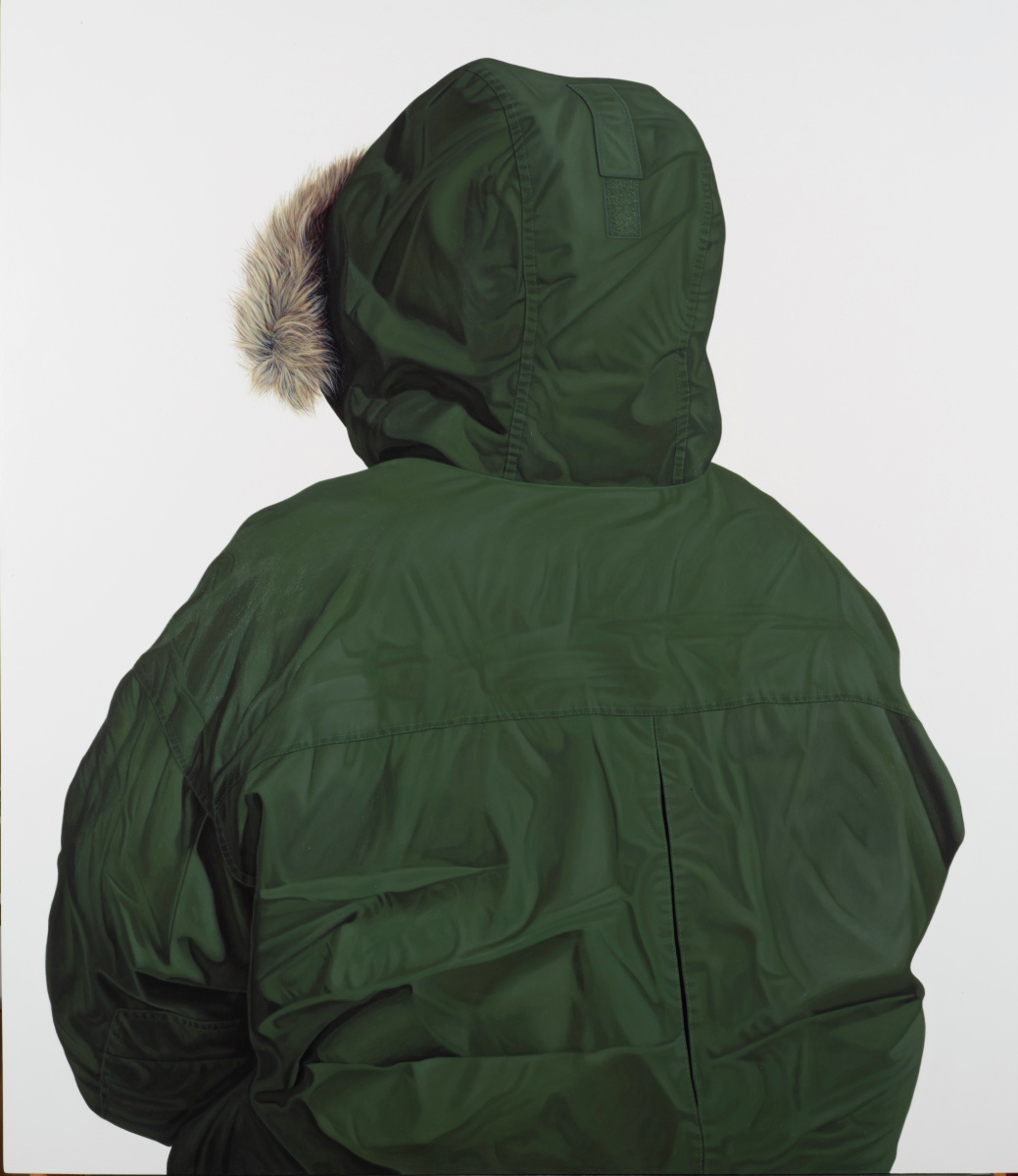
Karel Funk, Untitled #21, 2006, acrylic on panel, The Rachofsky Collection and the Dallas Museum of Art through the TWO x TWO for AIDS and Art Fund, 2010.28, © Karel Funk
To the left of Untitled #21 is one of Félix González-Torres’s most prolific works, Untitled (Perfect Lovers). Two clocks are typically not what come to mind when we think of portraiture, but González-Torres was able to poignantly capture the love between he and his partner, Ross Laycock, who struggled with AIDS until his death in 1991. The piece consists of two store-bought clocks, hung side-by-side and synced to begin at the same time. Over time, the clocks naturally fall out of sync, representing the mourning of a loved one who gradually slips away from you.

Félix González-Torres, Untitled (Perfect Lovers), 1987-90, wall clocks, Dallas Museum of Art, fractional gift of The Rachofsky Collection, 2001.342.a-b, © The Felix Gonzalez-Torres Foundation, courtesy of Andrea Rosen Gallery, New York
We made sure to broaden the works to encompass a more global perspective from across the collection. This helps visitors understand that for centuries art and objects from across cultures have been used to convey a ceremonial practice, style of dress, or social status. A double-breasted gown (called a jama) and jewelry made of pearls and precious gems, seen in two small watercolor works on paper from the Mughal dynasty in India in the 17th century, draw attention to the figures’ wealth and social status as nobles in the community.
- Unknown artist, “Portrait of a Noblewoman,” 1675-1700, opaque watercolor on paper, Intended bequest of David T. Owsley, 7.2007.20
- Unknown artist, “Portrait of a Nobleman Holding a Pink Rose,” 17th century, opaque watercolor on paper, Intended bequest of David T. Owsley, 7.2007.25
One of my personal favorite additions to the gallery are cases encompassing two personal objects belonging to DMA staff members. We had an open call to DMA staff to submit a wearable item that expressed something unique about them. Brian MacElhose, Collections Database Analyst, retired his worn-down skate shoes to express his passion for skateboarding. Carrie Schimpff, Executive Assistant to the Director of Development, chose her stunning horse-riding jacket, which was handcrafted and designed by her mother to symbolize the countless hours they spent (from ages 7 to 18) bonding while driving cross country to horse shows. Next to these cases, we are inviting visitors to draw and describe their own personal clothing and accessories that convey something important about them to display among the works.

Visitors viewing Carrie Schimpff’s horse riding jacket in the C3 gallery
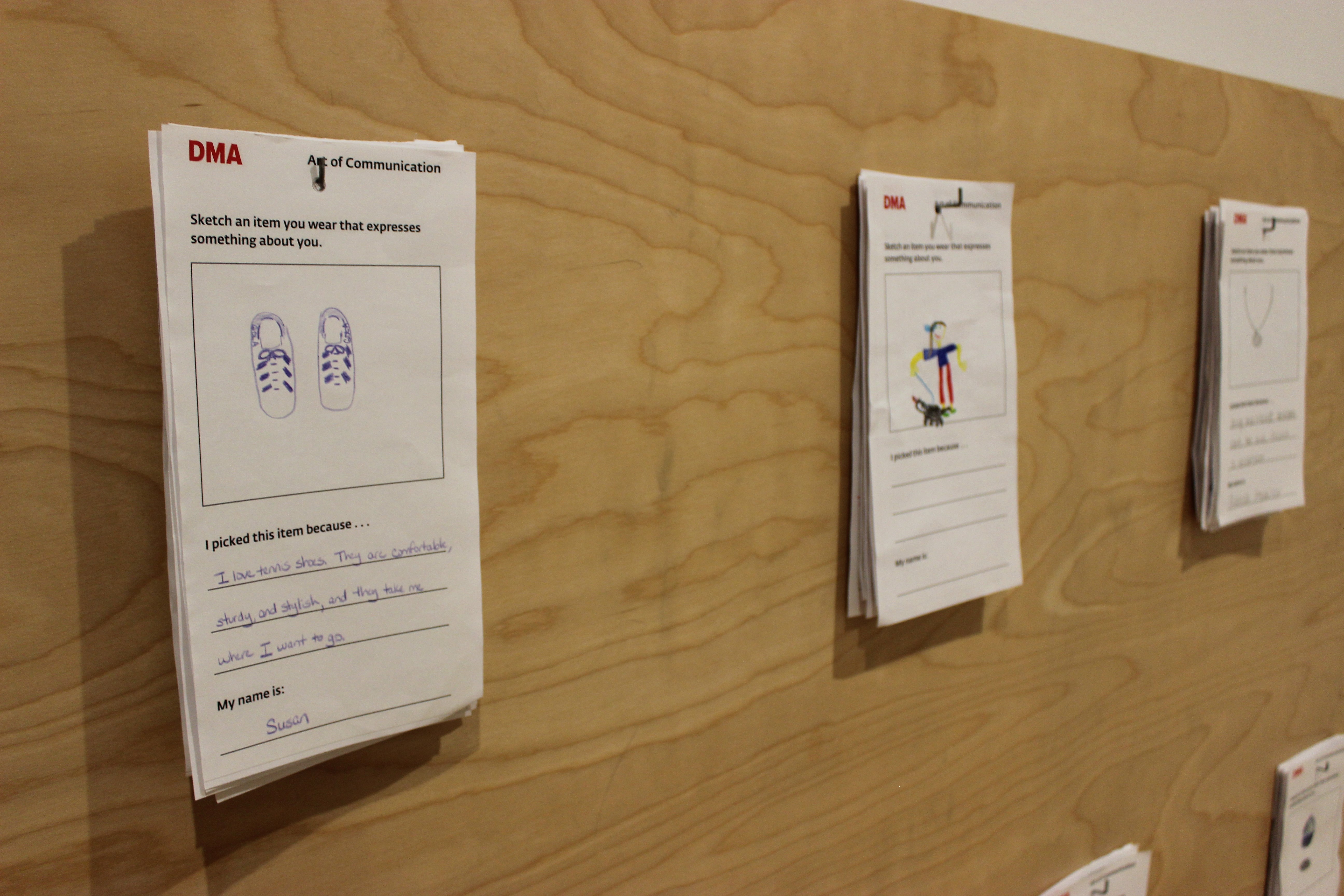
Visitors can leave their own reflections on how personal objects convey something meaningful about them.
Be sure to venture through the Center for Creative Connections on your next visit to view these works and discover how you can see art in a new way.
Kerry Butcher is the Center for Creative Connections Education Coordinator at the DMA.
